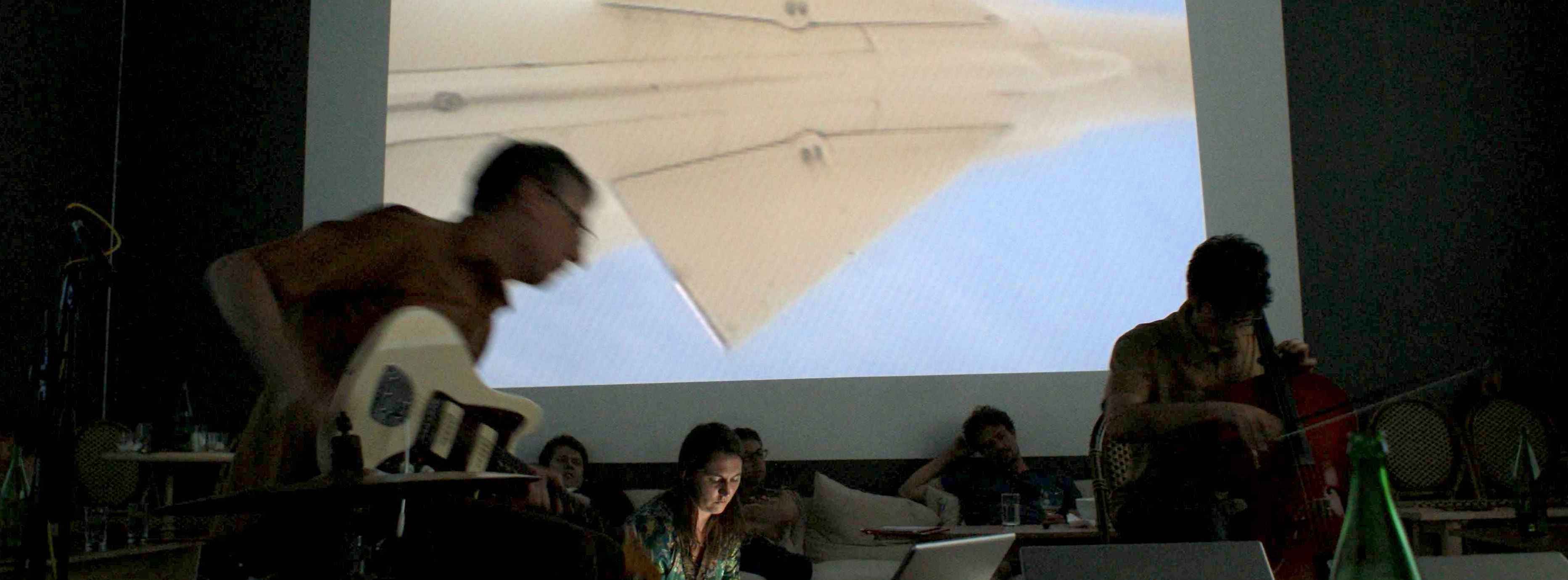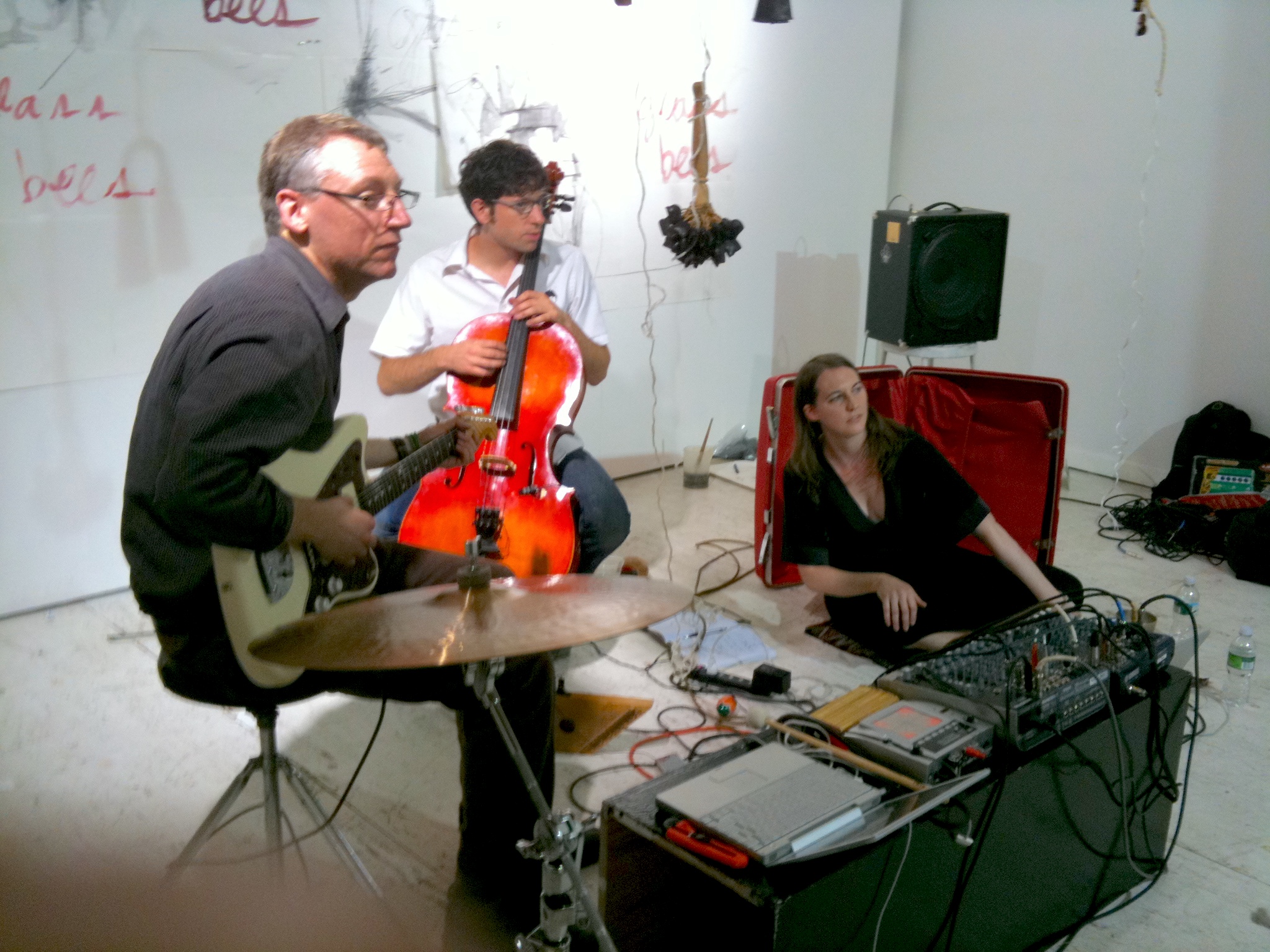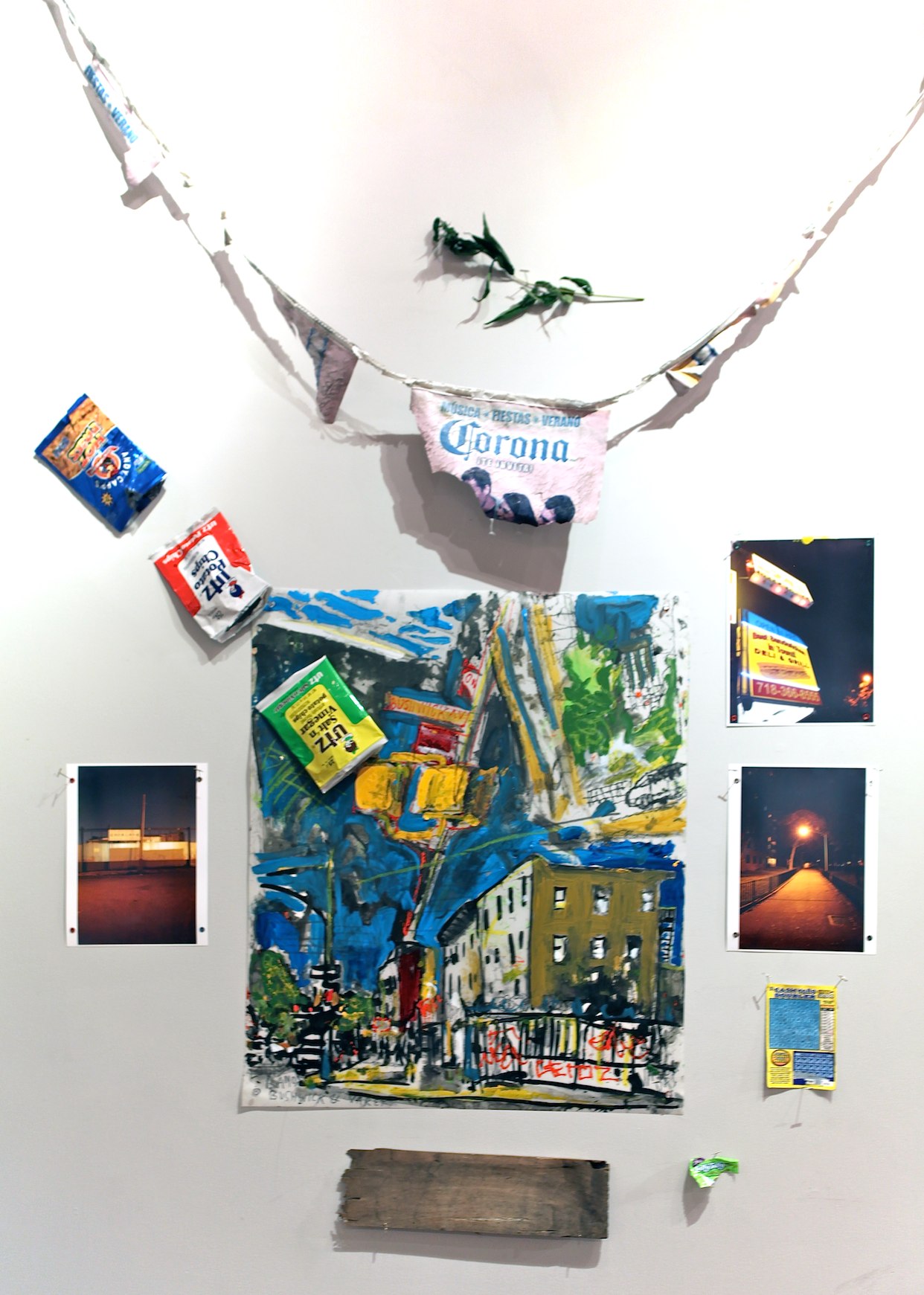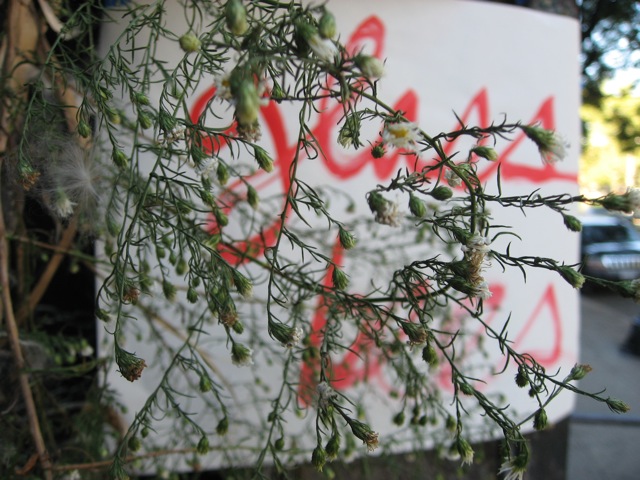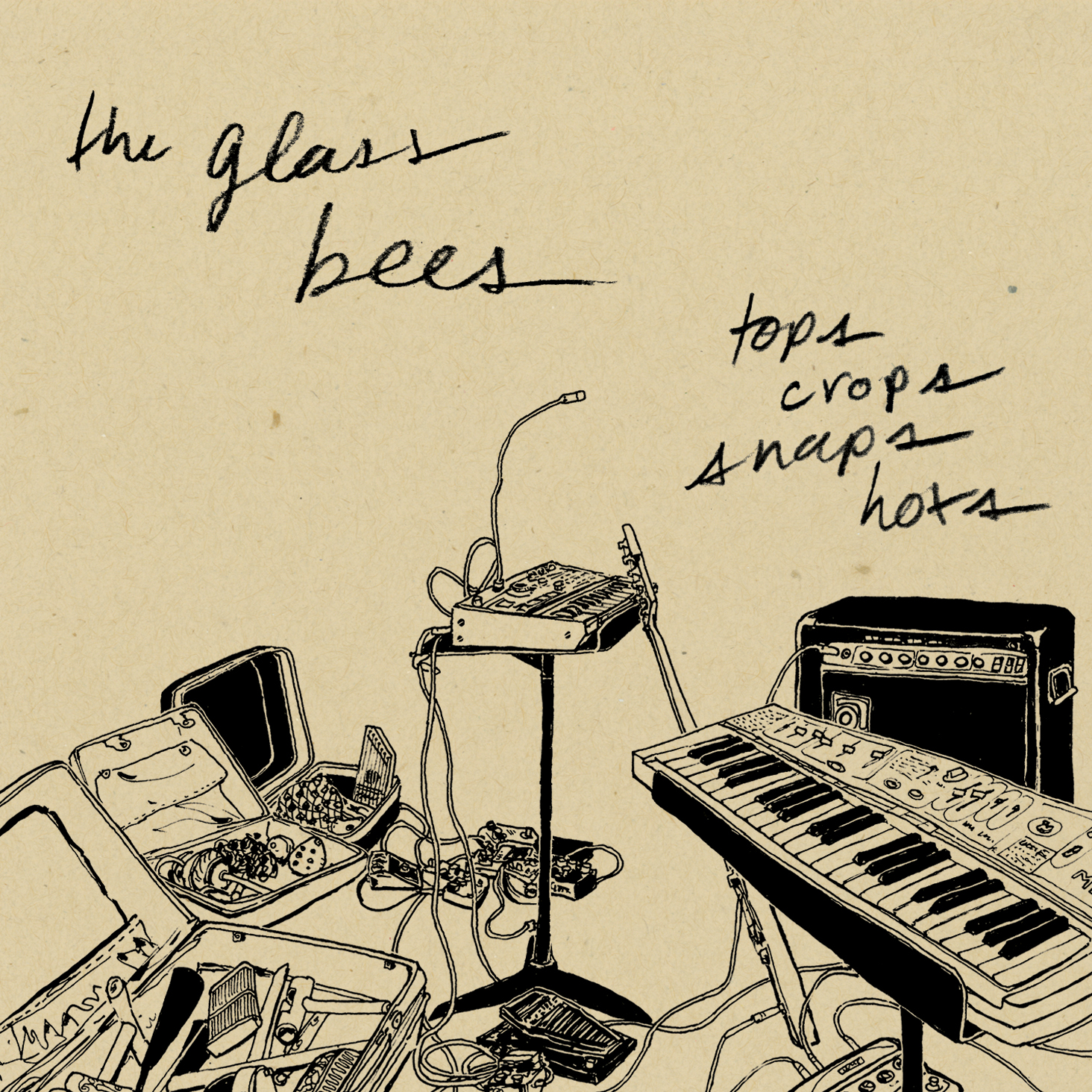The Glass Bees performing at Monkeytown, Brooklyn, July 14, 2009. (Photo: Joshua Howard.)

Begun in 2005 to create improvised music, the Glass Bees evolved into a malleable platform for transmedia art, including installation, video, field recording, sculpture, drawing, photography, painting, text, performance, historical research, and psychogeographical exploration.
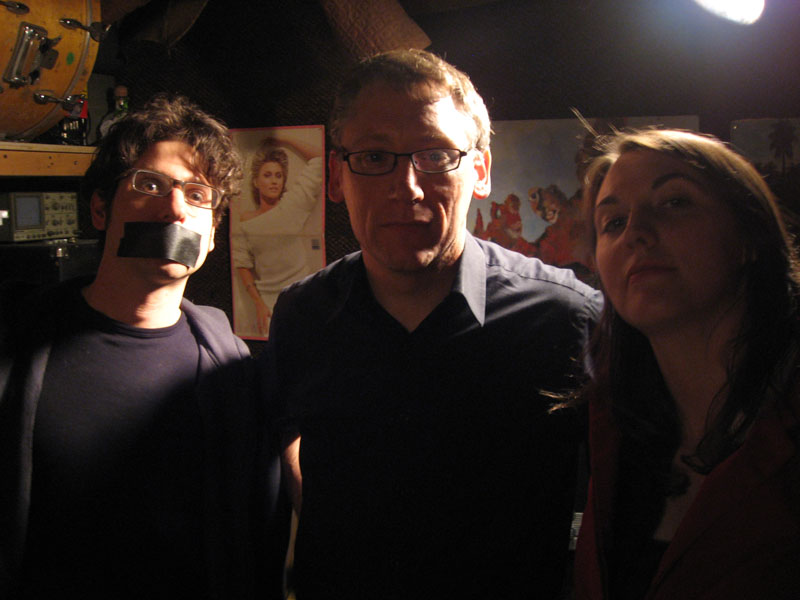
Left to Right: Jason Das, Chris Williams, and Andrea Williams at Westbeth Studios in May, 2009. (Photo: Scott Bransford.)
Active in New York City from 2005 to 2013, the Glass Bees began as a project exploring improvisation in music, and evolved into a platform for experimenting in sound and other media. Meeting roughly once each week, the group documented its sessions using a primitive digital recorder setup and shared more than 80 recordings of the results as a free podcast on its website. The stylistically diverse, spontaneous compositions emerged from a spirit of free play and an evolving personal vocabulary for exploiting the creative potential of musical instruments, field recordings, nonmusical objects, voices, and other sound sources.
Two CD’s document highlights of the Glass Bees’ sound improvisations. The first, called “Tops Crops Snaps Hots,” sequences eleven selected recordings from the group's earliest studio years into a continuous mix. TCSH initially appeared as a self-released CD in 2008 and was reissued as a digital download in 2023. The second, called “Because Tomorrow Disaster May Come” gathers six standout recordings from the group’s later years. It was released in 2023 by Smooth Space Editions.
Over time the Glass Bees increasingly applied methods developed in the studio to other contexts and media. Field trips, video, plein air watercolor sketching, photography, live performance, collaboration with other artists, and conceptual mixed media installation all became important elements of the group’s work. This expanded approach led to several multimedia intallations focusing on issues of place, history, science, and culture, often developed and executed in very brief time periods. Among these were “Venice, Brooklyn,” “Reading Governors Island,” and “Unique Places of Death,” each of which combined field research, visual documentation, sound recording and live mixing, object gathering, and installation.
The Glass Bees performed or created installations as part of: Citydrift 2012 at Bogart Salon (in collaboration with Melinda Hunt and the Hart Island Project), ConfluxCity 2009, FIGMENT 2010, the Forward Motion Theater’s Eyewash multichannel video-audio series at Monkeytown, the Optosonic Tea series at the Diapason Gallery, former e/i Magazine editor Darren Bergstein’s One Thousand Pulses series, and curator Aneikit Bonnel’s Art Social. Other venues have included Envoy Enterprises, Barbès, the 19ths Loft, and the Devotion Gallery.
The Glass Bees were Jason Das (2005-2013), Chris Williams (2005-2013), and Andrea Williams (2008-2009). On several occasions they joined Ranjit Bhatnagar in performances utilizing his incredible homemade instruments. Other collaborators included video designer Peter Shapiro, electronic composer Blevin Blectum, and California recluse Meth Jive. Glass Bees music has also been featured in short documentaries by filmmaker Nerina Penzhorn on artists Chico McMurtrie and Mary Lynch, as well as an animated short by Greg Harrison.


